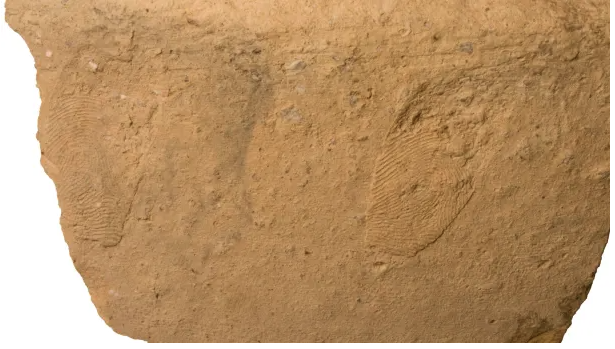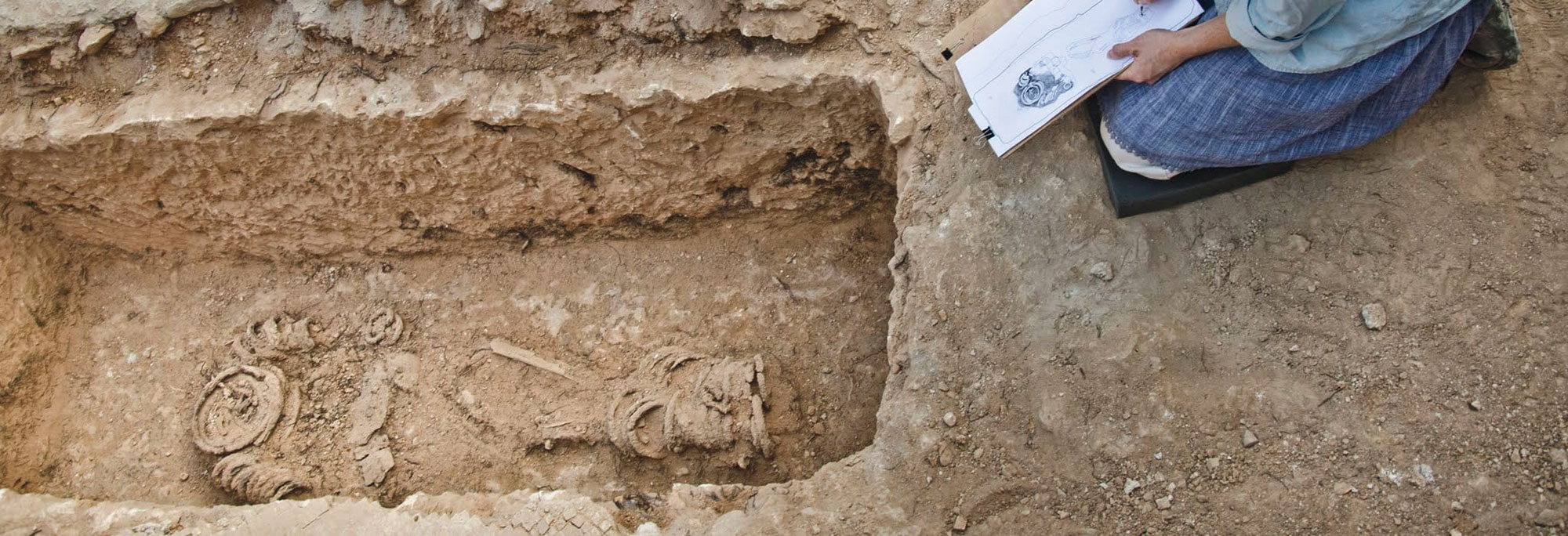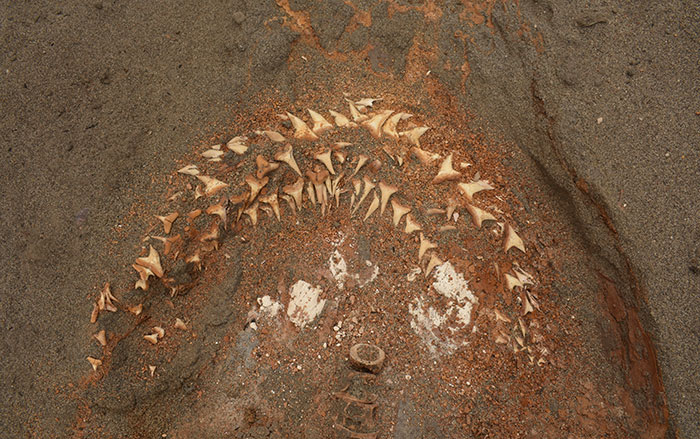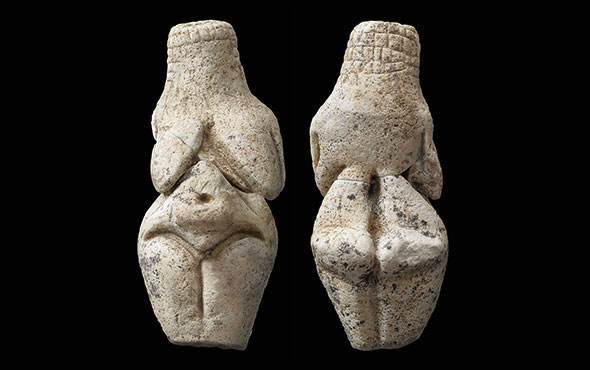
RAMAT GAN, ISRAEL—Kent D. Fowler of the University of Manitoba and Aren Maeir of Bar-Ilan University and their colleagues suggest that some 4,700 years ago, men were largely responsible for making pottery at Tell es-Safi, a site in central Israel identified as the biblical city of Gath, according to a Haaretz report. Made by rolling wet clay into “snakes” that were then coiled and smoothed into the desired shape, the pots would have been covered with fingerprints, unless they had been wiped away by the potter with a rag before the pot was baked in a kiln. Forensic scientist Lior Nedivi said that women usually have smaller fingertips than men, with denser fingerprint ridges. The breadth of the ridges increases during puberty and stops at about age 20. Thus, analysis of the surviving fingerprints on the pots indicates that most of them were crafted by individual men, although women contributed to the production of some big jars. The study also suggests that there was a pottery school at the site, where multiple people, including children, handled “training pots.” Critics point out that pots shrink when fired, which would change the size any fingerprints left on the surface. To read about a Bronze Age jug found in Israel that has a distinctive human figure perched atop it, go to "Artifact."











